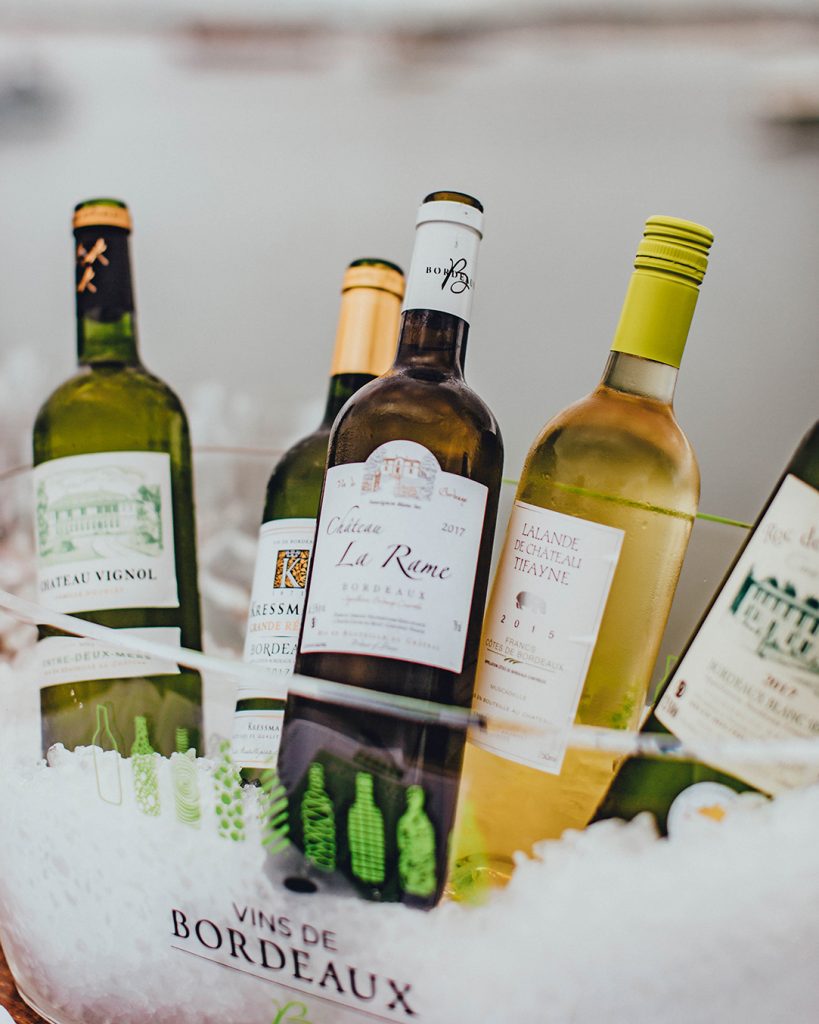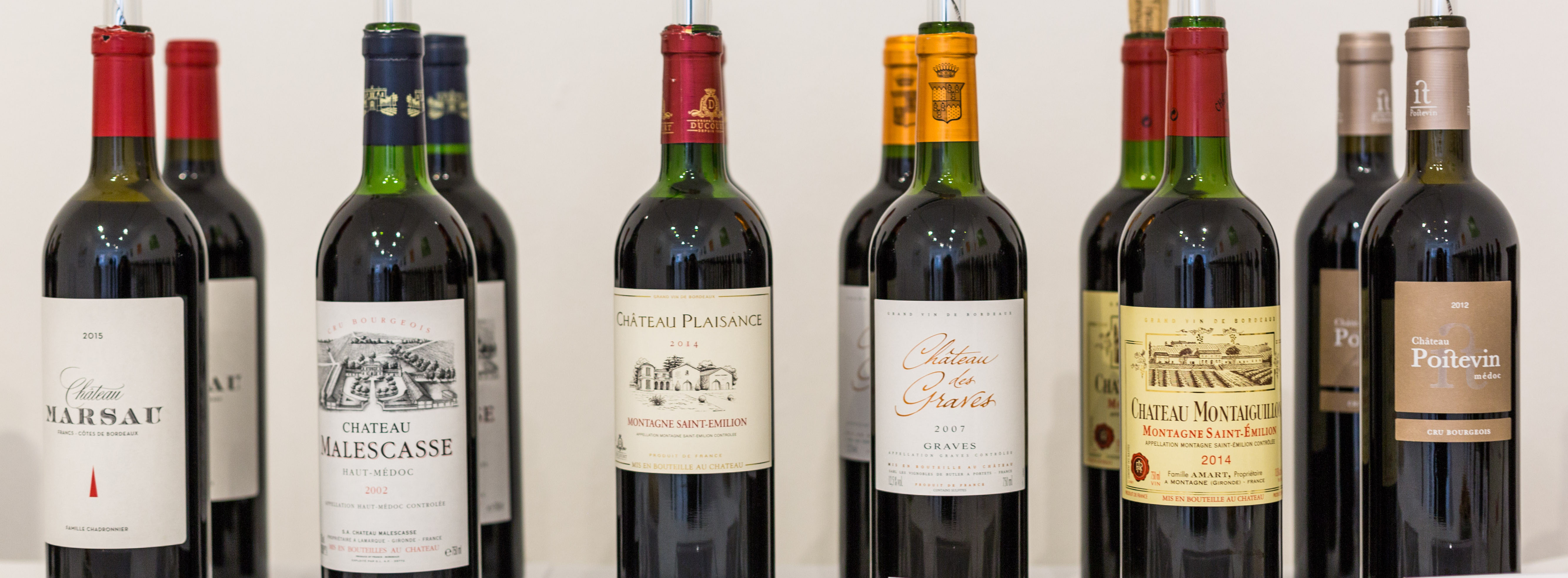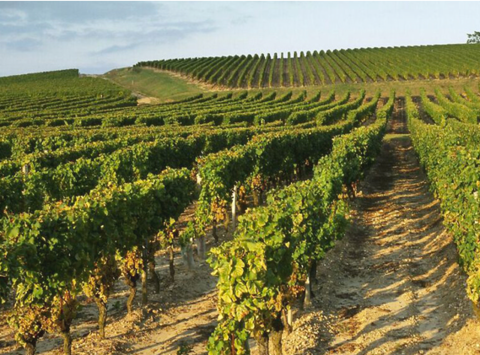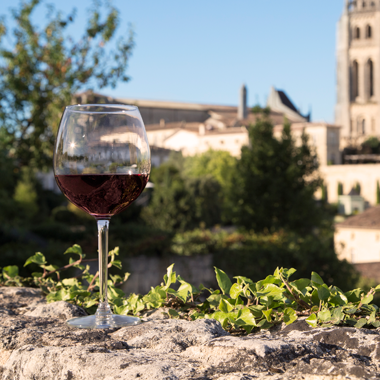Looking behind the label
Ever wondered what all the information on a wine label means and why it’s there? Here is a simple guide that will help you for Bordeaux wines.
A wine label must legally show certain information to be sold in the UK and come from Bordeaux. And there are also common optional extras that provide much-needed information about the style of wine inside.
What must be shown:
Bordeaux
The word Bordeaux must appear on a label if the wine is from Bordeaux. While this may seem obvious it is an important indication of the overall area as you may be less familiar with some of the smaller appellations.
The Country of Origin (France)
France must appear somewhere on the label of Bordeaux as this is the country where the grapes are from.
Appellation name
This indicates where the wine is from for example Bordeaux Supérieur, Côtes de Bordeaux or the Médoc. This is the name of the Appellation d’origine controlee or more commonly called the AOC which indicates a protected area that has certain rules all producers must follow to create wine under that name.
The bottler’s identity
This can be the producer or an independent bottling company but who and where the wine was placed inside the bottle must be shown. This is done to prevent fraudulent practices and to prevent poor practice occurring. Bottling can be a difficult process and tight control measures should be in place to prevent faulty wine from reaching the consumer. In addition to that, an AOC wine can be placed inside the bottle only in the wine area of its production.
The percentage of alcohol
This will be shown as the ‘alcohol by volume’ or ABV with a % sign. In the EU this is typically displayed to 0.5% meaning the number will either end in .0 or .5 to prevent confusion. Typically, Bordeaux wines will range from 11.0% to 15.0% ABV.
The volume of wine
This is typically 75cl or 750ml (which are the same volume). However, bottle sizes can greatly vary from 187ml called a split up to a whopping 130 litres called a Maximus. However, generally a magnum (1.5 litres) or Jeroboam (double magnum 3 litres) is the largest commercial bottle size regularly seen.
Optional information
This is some of the most useful information that can help you to make the right choice.
The name of the Estate
This can be the name of the winery, either private or a cooperative. Château is a common term seen on the label to describe the property as many are grand, castle-like structures. Some bottles won’t display the name of the estate especially if it is produced under a different brand, for example, a restaurant or supermarket label.
The Vintage
This is a very useful piece of information as it shows both the year the grapes where grown and the age of the wine. Bordeaux has a marginal climate meaning that in certain years the grapes will struggle to fully ripen however, in great years the quality is unrivalled. Equally, certain styles of wine will age better than others. Fresh, fruity whites are designed to be consumed young whilst they are still expressive of the varietal used. However, certain red wines generally with a fuller body and high tannins can age well developing tertiary flavours including mushrooms, tobacco and chocolate notes. These can be very appealing and add to the complexity of the wine.
Awards
If a wine has won an award, prize or medal it can be displayed on the label. Some producers use this to show the quality of their wines others limit the information to the website description.
Grape varieties
While this isn’t a legal requirement it is a very useful piece of information that helps consumers understand the style of wine. If a solo grape variety is mentioned then it must be at least 85% of the blend and the order or the grapes displayed are from the largest volume to the smallest. However, most of Bordeaux wines are blends, if no variety or varieties are shown, then the appellation can give a good indication of the likely grapes used. For example, left bank wines from the Médoc are generally Cabernet Sauvignon dominated whereas right bank wines have higher percentages of Merlot and Cabernet Franc.
Organic or Biodynamic winemaking
If the producer is certified as organic or biodynamic though a registered association, such as Demeter, Biodyvin, etc. – then they can display this information on the label.
A description
A description of the wine is often provided on the bank of the label to indicate the key flavours and structure of the wine. This can be helpful but it is important to remember it is written to showcase the best qualities of the wine and the description will never be underwhelming.



